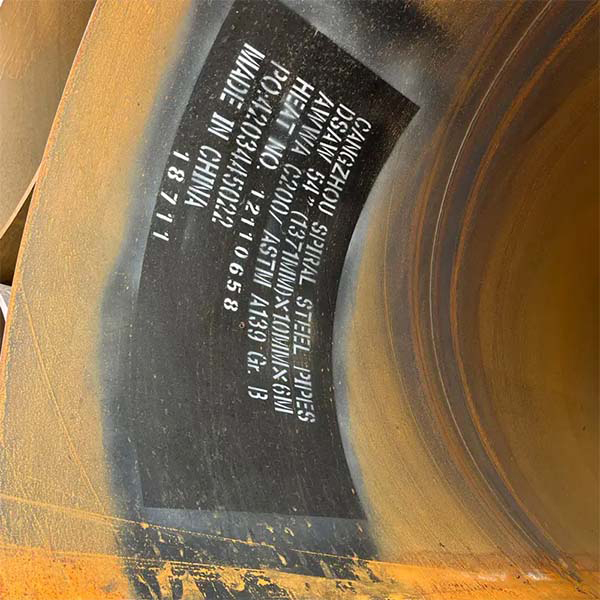Introduce:
In today’s rapidly evolving world, ensuring the safety and well-being of individuals and assets has become critical. Among the various aspects that contribute to security measures, fire prevention and response strategies occupy a key position. In this regard, implementing a reliable fire pipe line system is an essential component in protecting life and property. This blog provides an in-depth look at the importance, functions and benefits of fire duct systems while highlighting their integral role in ensuring safety and efficiency.
Learn about fire duct systems:
A fire pipe line system is a network of pipes, valves, pumps and storage tanks designed to efficiently move water during firefighting operations. Installed strategically throughout a building or facility, these systems provide a reliable supply of pressurized water to quickly extinguish fires. By combining fire sprinklers, standpipes, and other firefighting equipment, fire pipes deliver water directly to the affected area, containing the spread of fire and minimizing damage.
Key components and operations:
Fire pipeline systems rely on carefully designed infrastructure that includes several key components. First, fire pumps are usually driven by electric or diesel engines, which ensure adequate water supply and maintain the required pressure. The water storage tank acts as a reservoir, ensuring water supply even during interruptions in water supply. Additionally, a network of pipes and valves connects the entire system, allowing water to flow to specific locations in an emergency. Finally, specialized fire sprinklers placed strategically throughout the building detect and respond to the presence of heat or smoke, automatically activating to disperse water to the fire area.
The importance of fire pipe line systems:
The importance of fire duct systems cannot be overstated. First, these systems provide a reliable means of extinguishing fires, limit the damage caused by fires, and provide occupants with the necessary time to safely evacuate. Secondly, fire piping ensures the supply of water at predetermined pressure levels, eliminating dependence on external water sources during emergencies. This independence makes fire ducting an efficient solution, especially where water sources are limited. Additionally, these systems are critical to meeting building codes and insurance requirements, ensuring code compliance, and minimizing insurance premiums.
Advantages of fire duct systems:
Fire duct systems offer a range of benefits that help improve the overall safety and efficiency of any facility or building. First, rapid response capabilities allow firefighters to control a fire early before it becomes out of control. Secondly, the versatility of fire ducts allows for tailor-made solutions for different environments such as high-rise buildings, warehouses or industrial complexes. Additionally, these systems eliminate the need for manual firefighting intervention, reducing risks to firefighters and increasing overall efficiency. Ultimately, fire duct systems serve as a proactive investment that instills confidence and security in building occupants and owners.
In conclusion:
In pursuit of safety and efficiency, a well-designed fire pipe line system is essential. This comprehensive approach to fire prevention and suppression ensures a rapid response to extinguish fires quickly and effectively. The benefits of these systems extend far beyond property protection, playing a vital role in saving lives and mitigating the devastating consequences of fire incidents. Therefore, investing in a robust fire pipe line system demonstrates an organization’s commitment to safety, ensuring a resilient and safe environment for all.
Post time: Nov-29-2023

